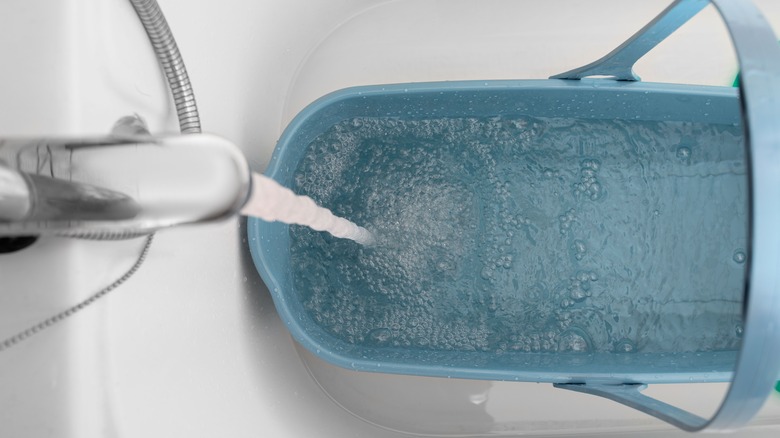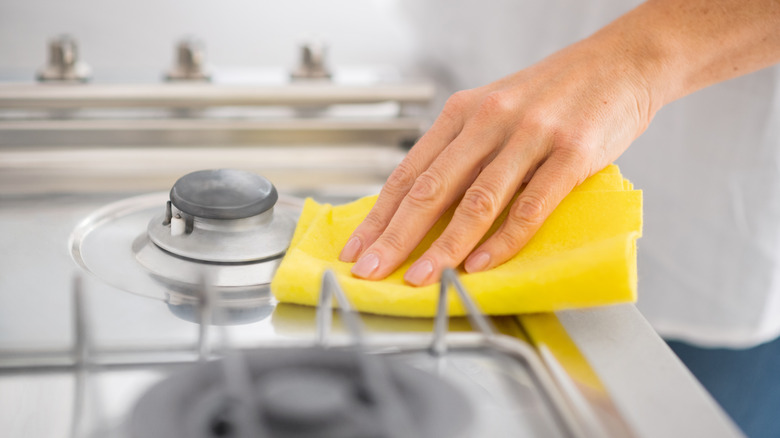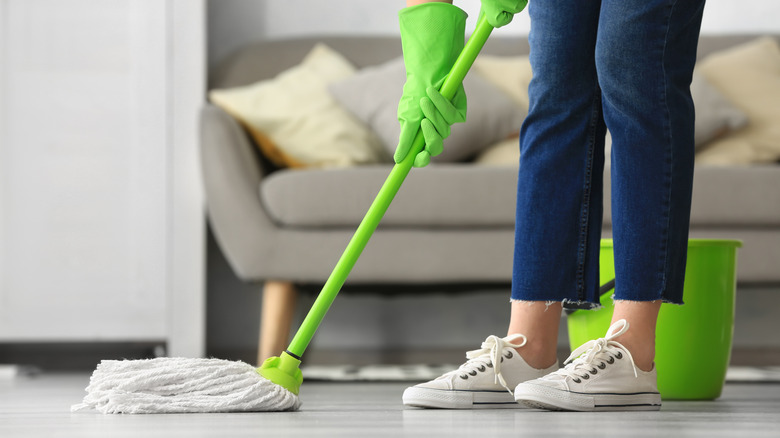How To Know When To Clean With Hot Or Cold Water
Choosing the right water temperature for cleaning can significantly impact how efficiently and thoroughly you can eliminate dirt, grime, and bacteria from your living spaces. There are a few factors to consider that can help you make the best choice. First, consider the type of cleaning that needs to be done. For instance, some stains, like grease and oil, respond better to hot water, while delicate fabrics or sensitive surfaces may fare better with the milder touch of cold water. On the other hand, the water temperature isn't a significant factor for some cleaning tasks.
By understanding the benefits and limitations of each temperature option, you can make informed decisions and achieve the best cleaning results on a case-by-case basis. Whether you're dealing with tough grime, doing laundry, washing dishes, or simply giving surfaces a quick dusting, knowing which is the best temperature can save you time, effort, and resources.
Deep cleaning with heat
While cold water is suitable for many everyday laundry loads, there are specific instances where hot water is the best choice. For example, it can be highly effective at breaking down and lifting stubborn stains, such as grass or oil, or washing whites and work clothes. Kitchen surfaces, stove tops, and dishes covered in stuck-on food particles? Hot water can cut through stubborn grease and oil, easing them away. It helps dissolve oily residue, leaving your surfaces and dishes sparkling clean.
Hot water can effectively remove built-up grime from tiles, bathroom fixtures, and outdoor items like patio furniture. The heat helps to loosen the dirt, making it easier to wipe away and reveal a pristine surface. Hot water also produces steam, which is highly effective for sanitizing various surfaces. Steam can kill germs, bacteria, and even some viruses. However, it's important to remember safety precautions when dealing with hot water and steam, such as wearing protective gloves and handling cleaning equipment properly.
When water temperature doesn't matter
Cold water may not seem like the obvious choice for cleaning but don't underestimate its abilities. Cold water cleaning is generally more energy-efficient and helps save on utility costs. It's gentle on delicate fabrics while effectively removing dirt and stains. Dilution of powerful cleaning agents, like bleach or concentrated cleaning products, in cool water is highly recommended, as well. The cold water helps slow the chemical reactions, giving you more time to mix and distribute the solution effectively. Another excellent use for cold water is dusting and general surface cleaning. Grab a microfiber cloth, dip it in cool water, and watch as it effortlessly grabs and traps dust particles.
In certain instances, the water temperature may not significantly impact the results. For example, for lightly soiled surfaces, such as countertops, floors, or wiping down household items, the choice of water temperature becomes a matter of personal preference. In these instances, using appropriate cleaning agents and following recommended guidelines for specific surfaces and materials are the key to achieving maximum cleaning results. However, if you're unsure about the proper water temperature for a particular cleaning task, it's generally safe to start with cold water and gradually increase the temperature if necessary.


